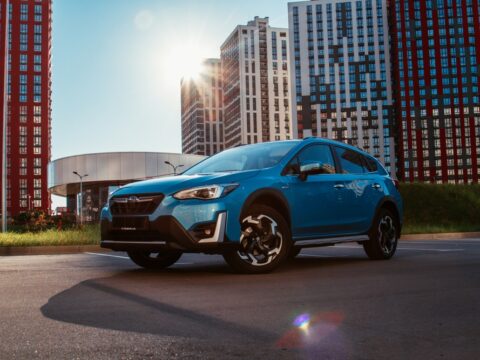The thrill of off-road adventure has deep roots, thanks to a handful of pioneering vehicles that blazed the trails long before modern 4x4s took over. These early off-road machines may not be household names, but they laid the foundation for the rugged, adventure-ready vehicles we love today. In this article, we’ll take a closer look at 25 early off-road vehicles that paved the way for countless adventures, inspiring generations of explorers to venture off the beaten path.
Contents
Willys MB (Jeep)
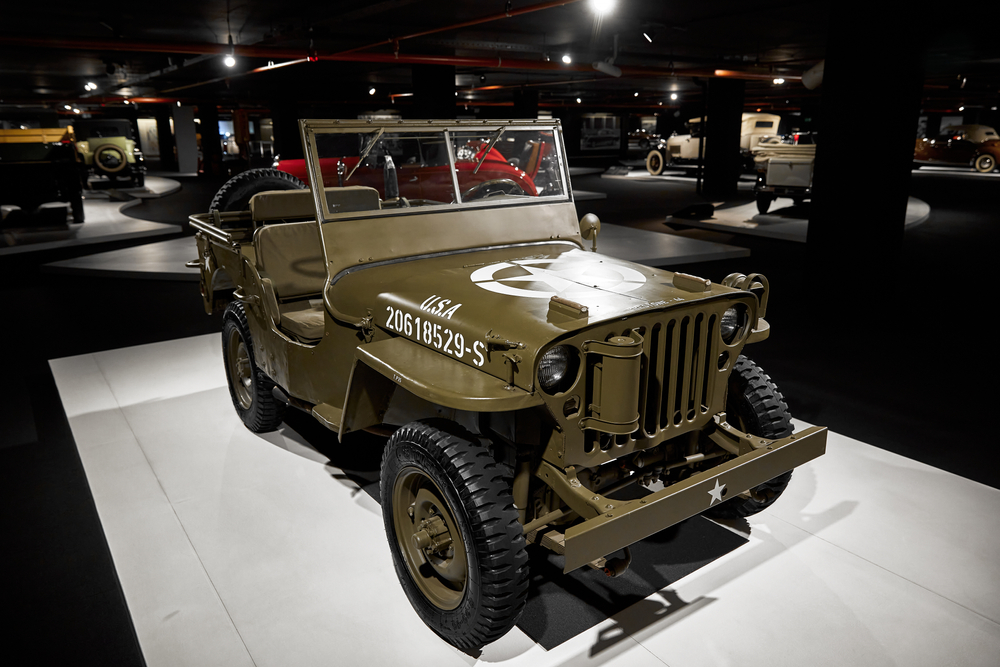
The Willys MB, often referred to simply as the Jeep, is the original off-road icon that served the U.S. military during World War II. Its rugged design, featuring a lightweight body, flat grille, and four-wheel drive, made it ideal for tough terrains and combat zones. The Willys MB’s ability to traverse difficult landscapes with ease earned it a legendary status, and it became the blueprint for future off-road vehicles, embodying the essence of adventure and reliability.
Land Rover Series I
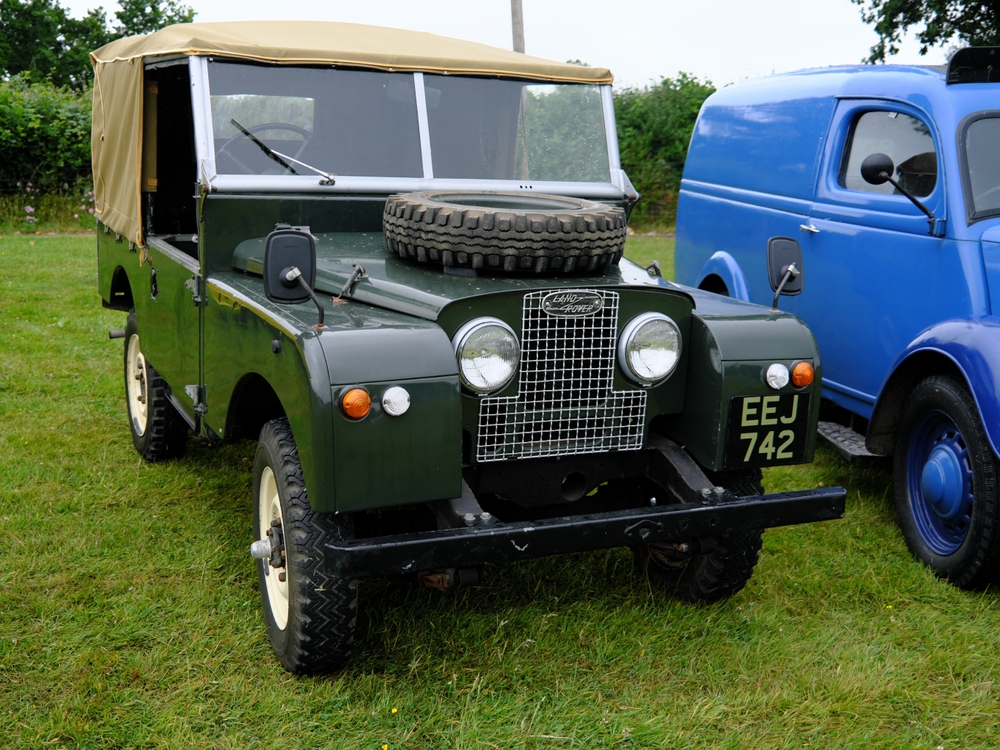
The Land Rover Series I marked the beginning of the Land Rover brand’s legacy in the off-road world. Introduced in 1948, it was designed to be a versatile utility vehicle that could handle the harshest environments. With its boxy shape, four-wheel drive, and robust construction, the Series I quickly became a favorite among farmers, explorers, and military forces. Its reputation for durability and off-road capability established Land Rover as a leader in the industry.
Toyota Land Cruiser BJ
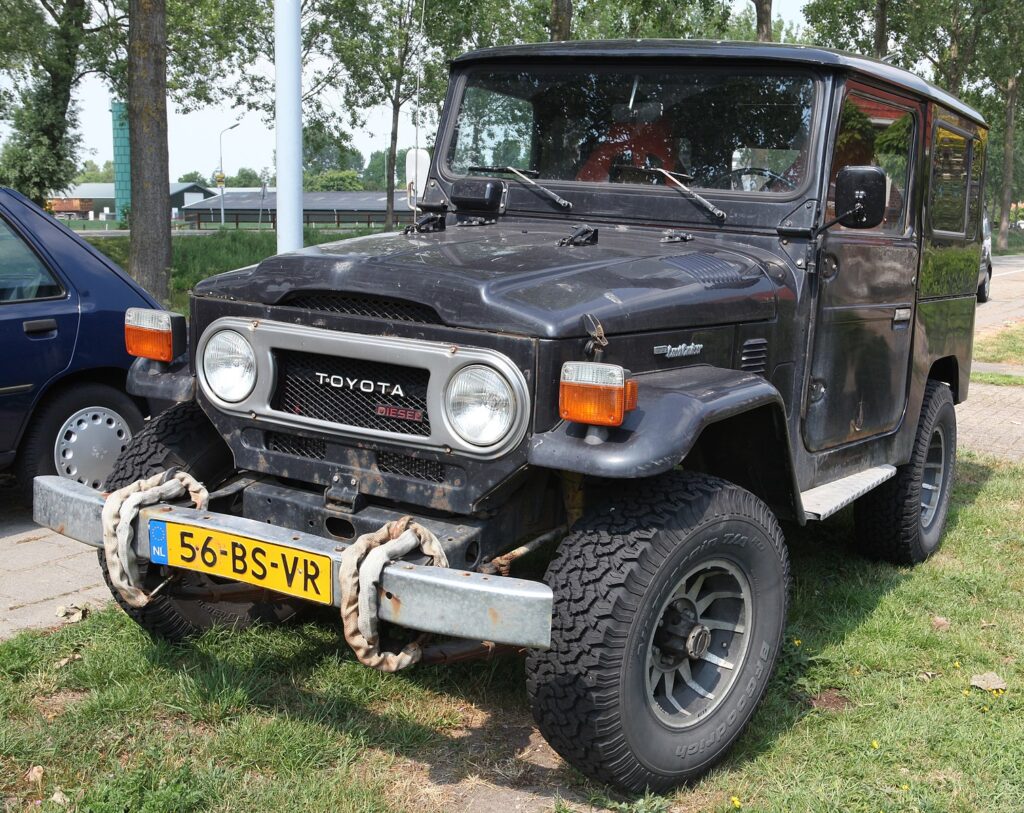
The Toyota Land Cruiser BJ was Toyota’s first serious entry into the off-road market, debuting in 1951. Originally developed for military use, the BJ model was powered by a 3.4-liter inline-six engine and featured part-time four-wheel drive. Its exceptional durability and ability to conquer rough terrains made it a favorite among adventurers and off-road enthusiasts. The BJ set the foundation for the Land Cruiser’s reputation as one of the most reliable off-road vehicles in the world.
Ford GPW
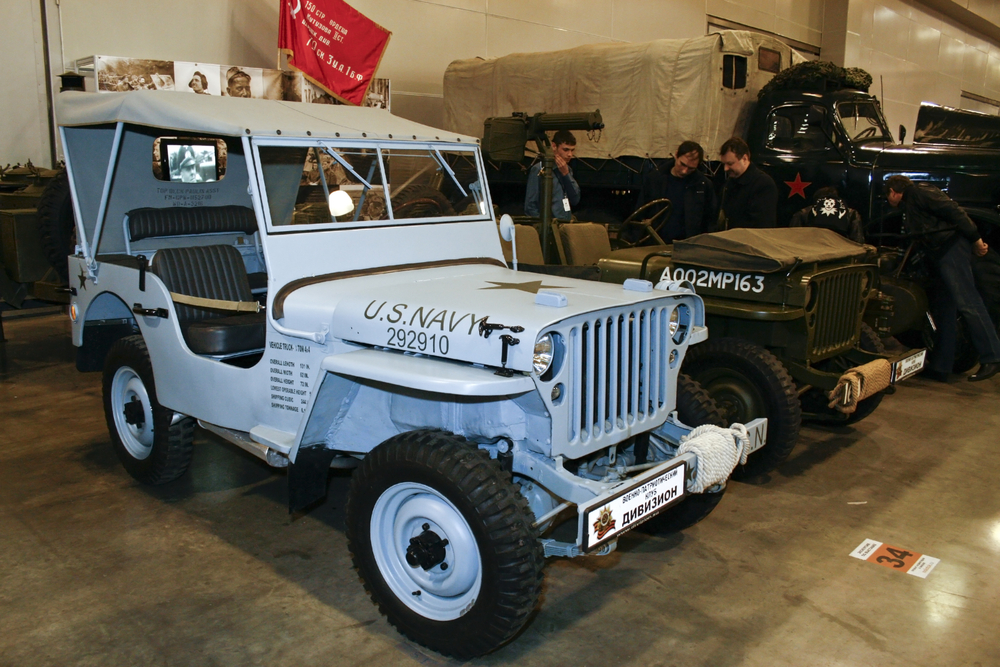
The Ford GPW was Ford’s version of the Willys MB, produced during World War II to meet the high demand for military vehicles. Identical to the Willys MB in design, the GPW featured a four-cylinder engine, a lightweight body, and four-wheel drive, making it equally capable in challenging environments. Ford’s production of the GPW ensured that more troops had access to this essential off-road vehicle, solidifying its place in off-road history.
Power Wagon

The Dodge Power Wagon, introduced in 1946, was the civilian version of the military WC series trucks used during World War II. Known for its rugged construction, four-wheel drive, and powerful flathead inline-six engine, the Power Wagon became a favorite among farmers, ranchers, and off-road enthusiasts. Its ability to handle heavy loads and navigate tough terrain made it a workhorse in rural areas and a pioneer in the world of civilian off-road vehicles.
Jeep CJ-2A

The Jeep CJ-2A was the first civilian version of the military Willys MB, introduced in 1945. It retained much of the military Jeep’s ruggedness but added features like a tailgate, a side-mounted spare tire, and a more comfortable interior. The CJ-2A made off-road driving accessible to the general public, and its go-anywhere capability cemented Jeep’s reputation as a leader in the off-road market.
Land Rover Series II

Building on the success of the Series I, the Land Rover Series II was introduced in 1958 with a more powerful 2.25-liter engine and a more refined design. It featured a more curved body, improved suspension, and better interior comfort. The Series II continued Land Rover’s tradition of producing vehicles that could handle the toughest environments, from the African savannah to the Australian outback, making it a favorite among adventurers and explorers.
Mercedes-Benz Unimog
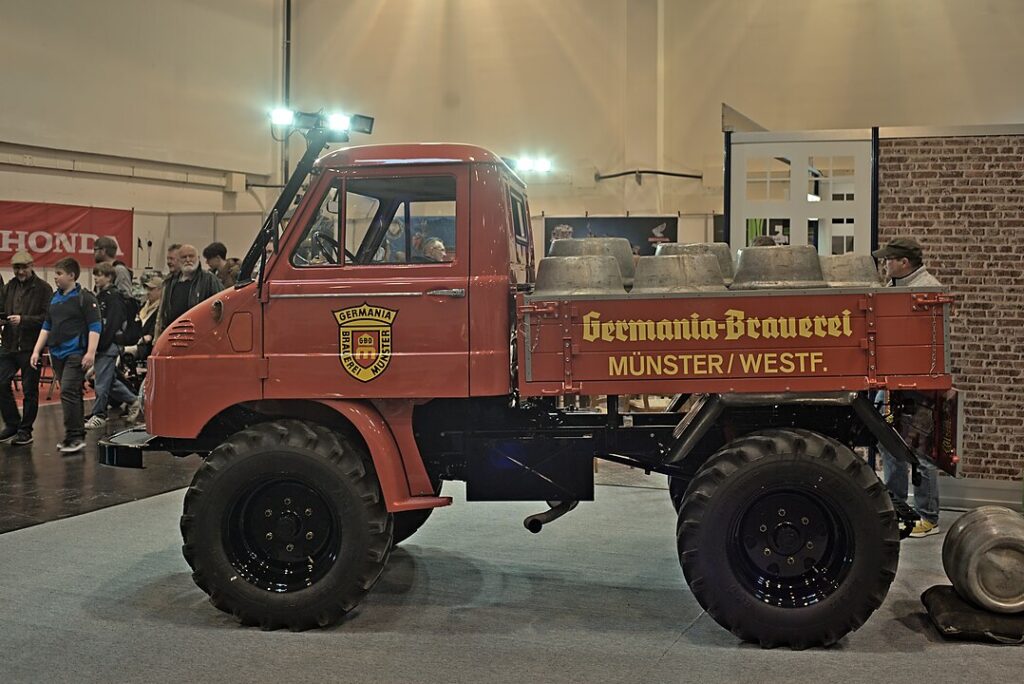
The Mercedes-Benz Unimog, first introduced in 1947, was originally designed as an agricultural vehicle but quickly became known for its off-road prowess. With its high ground clearance, flexible frame, and all-wheel drive, the Unimog could tackle extreme terrains that other vehicles couldn’t. Its versatility made it popular with military forces, construction crews, and off-road enthusiasts, establishing the Unimog as a legendary off-road workhorse.
Toyota Land Cruiser FJ40
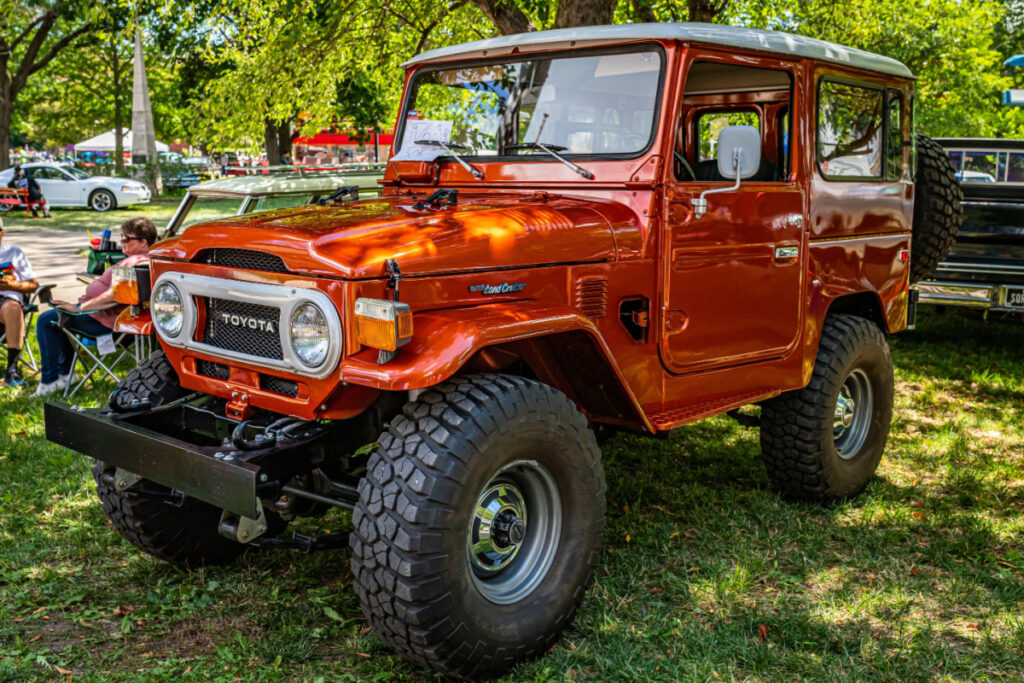
The Toyota Land Cruiser FJ40, introduced in 1960, became a global icon of off-road capability. Known for its rugged durability, simple design, and powerful inline-six engine, the FJ40 could handle the most challenging terrains with ease. Its short wheelbase and high ground clearance made it ideal for off-road adventures, and its reliability earned it a loyal following around the world.
International Harvester Scout
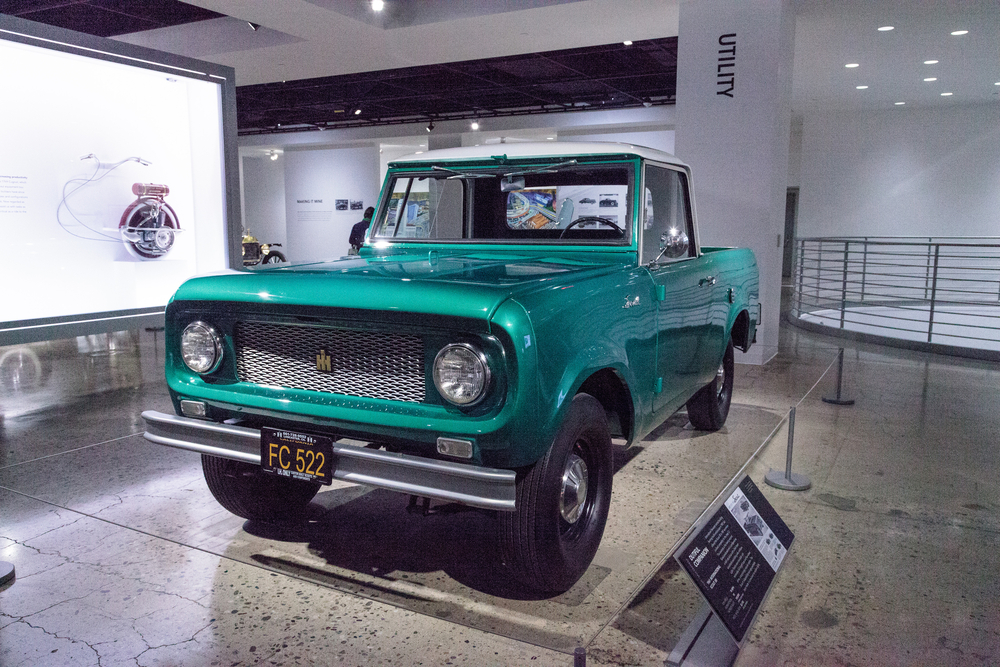
The International Harvester Scout, introduced in 1961, was one of the first true competitors to the Jeep. It offered more comfort and style than the Jeep CJ series, with a fully enclosed cabin, more powerful engine options, and a smoother ride. The Scout’s combination of off-road capability and everyday practicality made it a popular choice for both adventurers and families, paving the way for the modern SUV.
Jeep Wagoneer
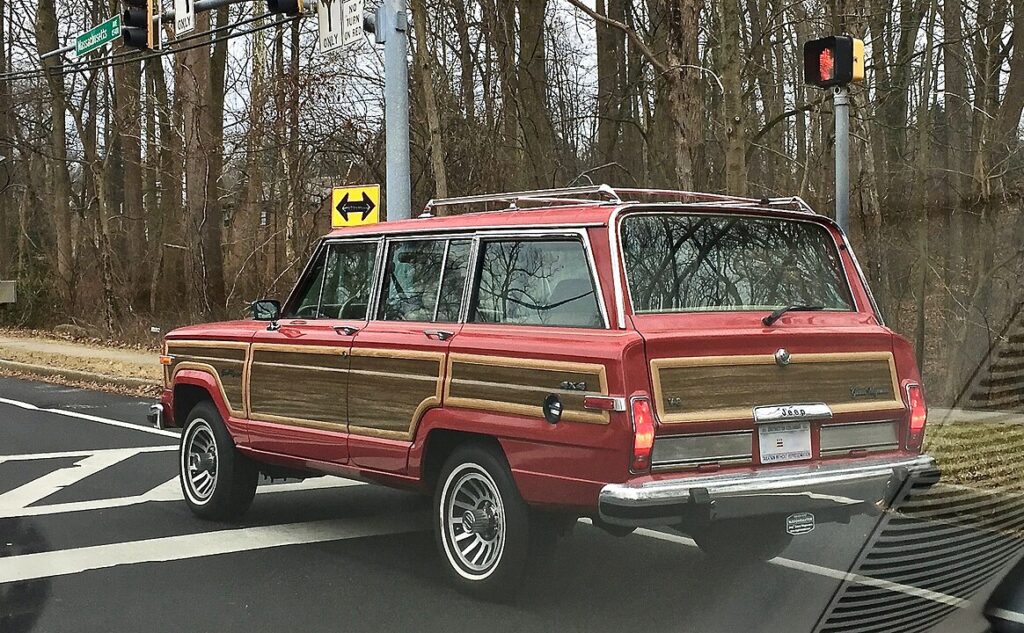
The Jeep Wagoneer, introduced in 1963, was a groundbreaking vehicle that combined the luxury of a passenger car with the off-road capability of a Jeep. It featured a powerful engine, a comfortable interior, and advanced features like an independent front suspension and automatic transmission. The Wagoneer’s blend of luxury and ruggedness pioneered the SUV concept, making it a favorite among families who wanted a capable off-road vehicle without sacrificing comfort.
Ford Bronco (First Generation)
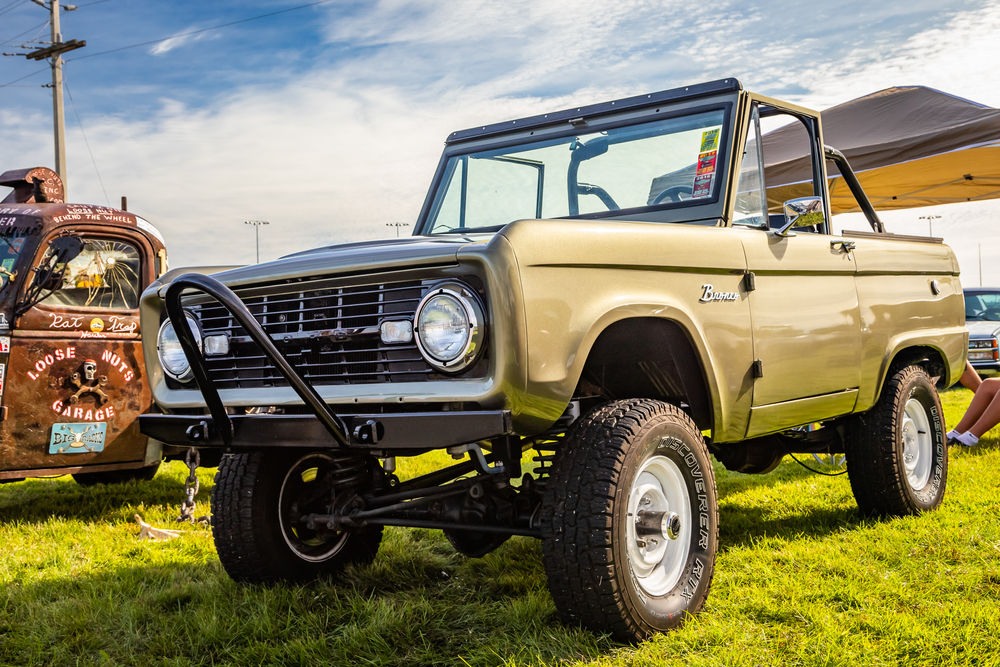
The first-generation Ford Bronco, introduced in 1966, was Ford’s answer to the growing off-road market. With its short wheelbase, four-wheel drive, and powerful V8 engine, the Bronco was designed to tackle tough terrain while offering a smooth ride on the highway. Its versatility made it popular among off-road enthusiasts, and its iconic design has made it a classic in the world of off-road vehicles.
Land Rover Series III

The Land Rover Series III, introduced in 1971, was the most refined of the early Land Rovers. It featured a more comfortable interior, improved suspension, and more powerful engine options. The Series III maintained the ruggedness and off-road capability of its predecessors while adding modern conveniences, making it a popular choice for both adventurers and everyday drivers.
Jeep CJ-5
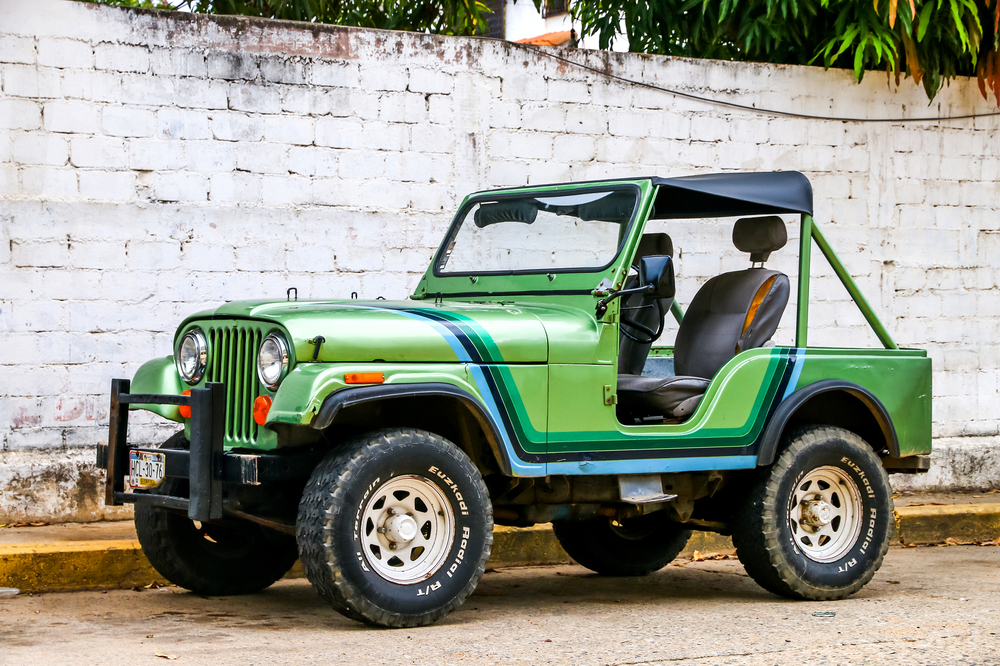
The Jeep CJ-5, introduced in 1954, was an evolution of the CJ-2A, offering better handling, more power, and improved comfort. With its compact size, short wheelbase, and four-wheel drive, the CJ-5 was highly maneuverable on rough terrain. It became one of the most popular off-road vehicles of its time, with a production run that lasted nearly 30 years, solidifying its place in off-road history.
Toyota Land Cruiser J20
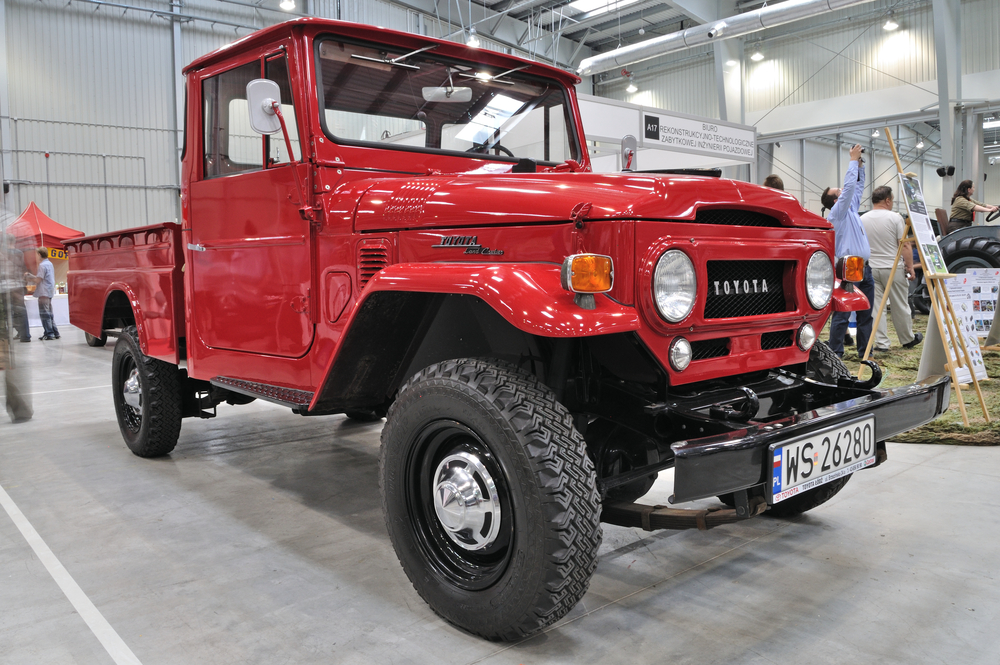
The Toyota Land Cruiser J20, introduced in the 1950s, was an early model that helped establish Toyota’s reputation for building reliable and capable off-road vehicles. With its robust construction, powerful engine, and advanced four-wheel drive system, the J20 could handle the most challenging terrains. Its success laid the groundwork for the Land Cruiser’s enduring popularity and set the stage for Toyota’s dominance in the off-road market.
Suzuki LJ10
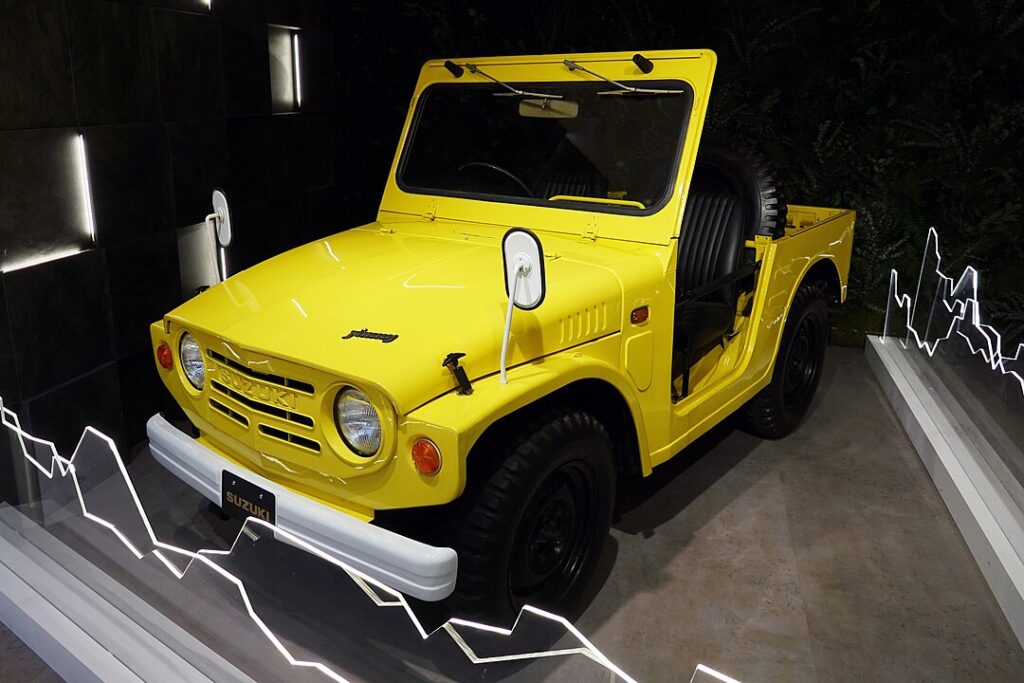
The Suzuki LJ10, introduced in 1970, was a lightweight off-roader that brought Suzuki into the 4×4 market. With its small size, simple design, and two-stroke engine, the LJ10 was highly maneuverable and could navigate tight trails that larger vehicles couldn’t. Its affordability and off-road capability made it popular in rural areas and among off-road enthusiasts, establishing Suzuki as a serious player in the 4×4 market.
GMC Suburban (4×4 version)
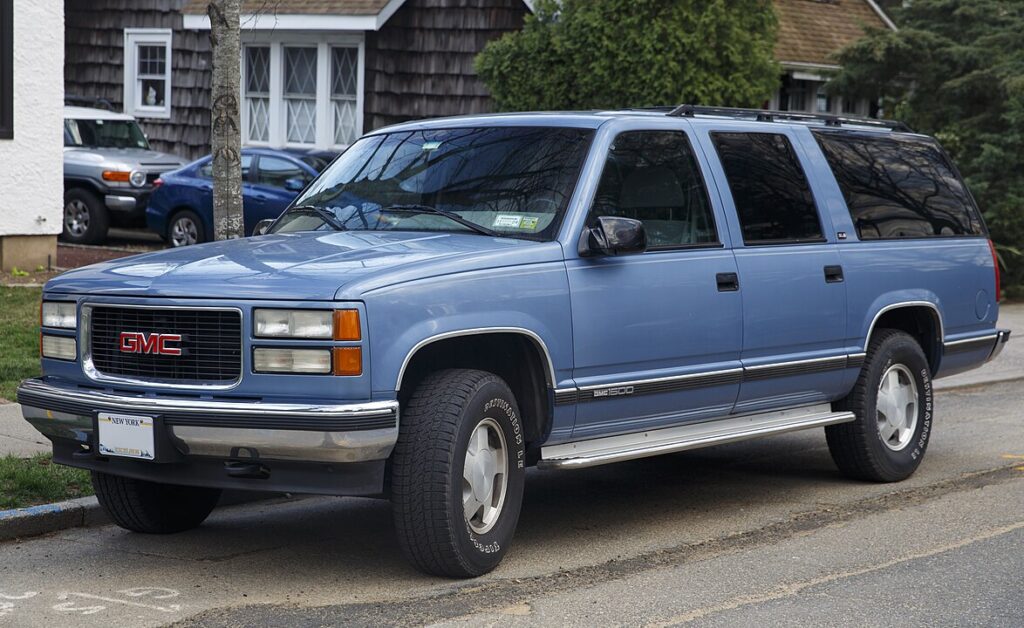
The GMC Suburban, particularly the 4×4 version introduced in the 1960s, was one of the first large off-road capable family vehicles. With its spacious interior, powerful engine, and four-wheel drive, the Suburban could carry a family and their gear over rough terrain with ease. Its combination of size, power, and off-road capability made it a favorite among families who needed a vehicle that could handle both everyday driving and outdoor adventures.
Nissan Patrol (60 Series)

The Nissan Patrol 60 Series, introduced in the 1950s, was Nissan’s rugged response to the Toyota Land Cruiser and Land Rover. With its durable construction, powerful engine, and advanced four-wheel drive system, the Patrol could tackle tough terrains with ease. It became popular in remote areas and among off-road enthusiasts, helping to establish Nissan’s reputation as a manufacturer of capable and reliable off-road vehicles.
Land Rover Defender 110
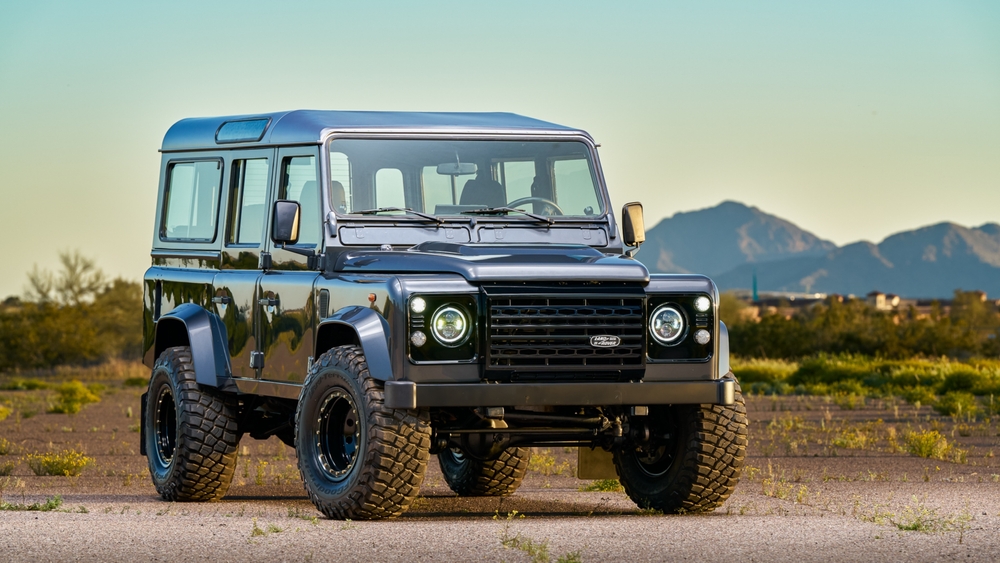
The Land Rover Defender 110, introduced in 1983, was a direct descendant of the Land Rover Series models and continued the tradition of rugged, go-anywhere vehicles. With its durable construction, powerful engine options, and advanced four-wheel drive system, the Defender 110 could handle the toughest environments. Its iconic design and legendary off-road capability made it a favorite among adventurers and a symbol of Land Rover’s commitment to building the best off-road vehicles.
Jeep CJ-7
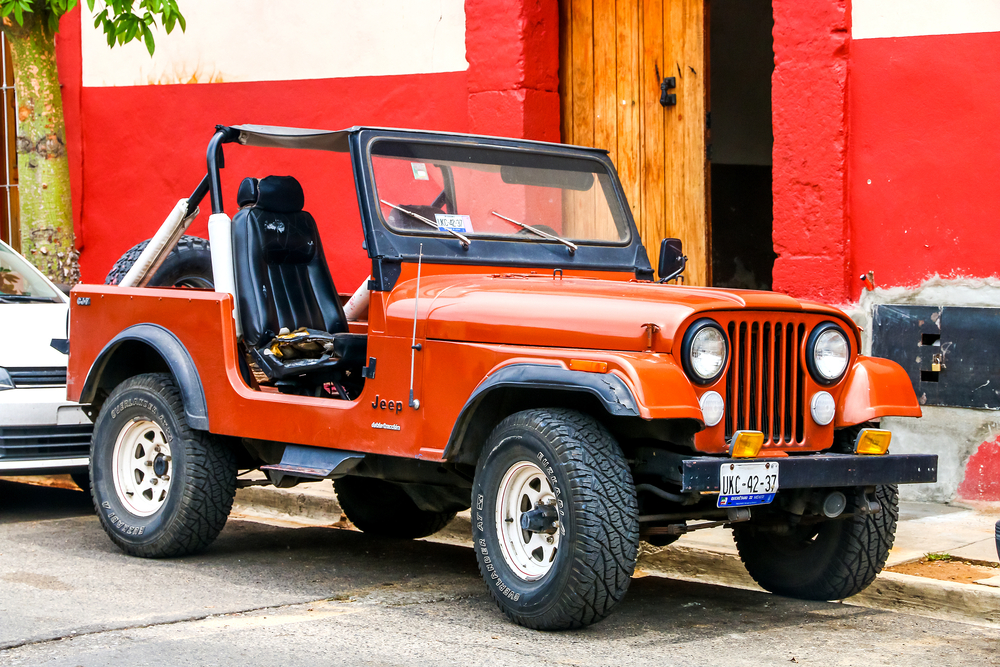
The Jeep CJ-7, introduced in 1976, was a larger, more refined version of the CJ-5. It featured a longer wheelbase, improved suspension, and more interior space, making it more comfortable for everyday driving while maintaining its off-road capability. The CJ-7’s versatility and iconic design made it popular among off-road enthusiasts and helped to solidify Jeep’s reputation as a leader in the off-road market.
Volkswagen Type 181 (Thing)
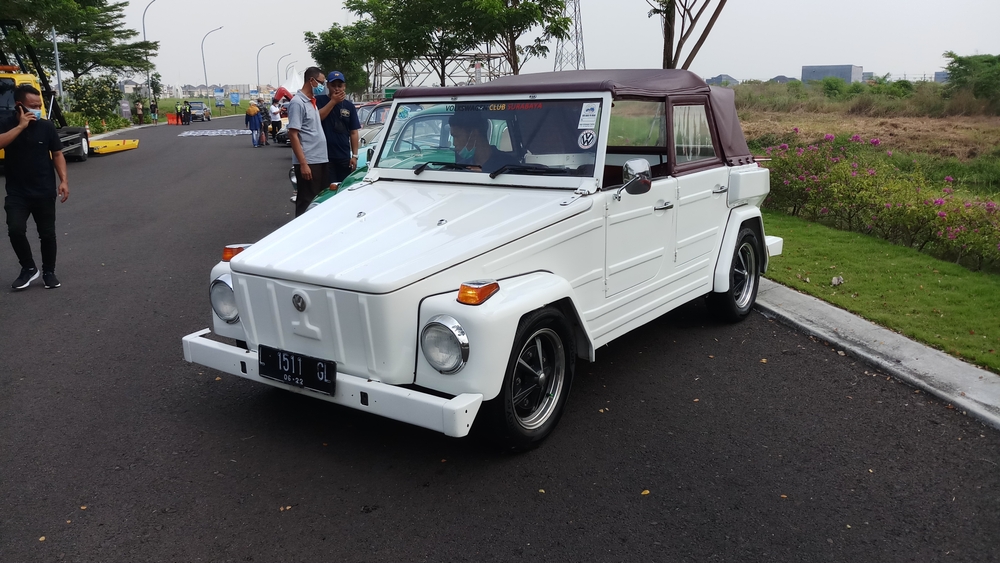
The Volkswagen Type 181, also known as the “Thing,” was originally designed for military use but became a popular civilian off-roader in the 1970s. With its simple design, lightweight construction, and rear-mounted engine, the Type 181 could handle rough terrain with ease. Its quirky design and off-road capability made it a favorite among those looking for a fun and capable vehicle for outdoor adventures.
Mitsubishi Pajero/Montero
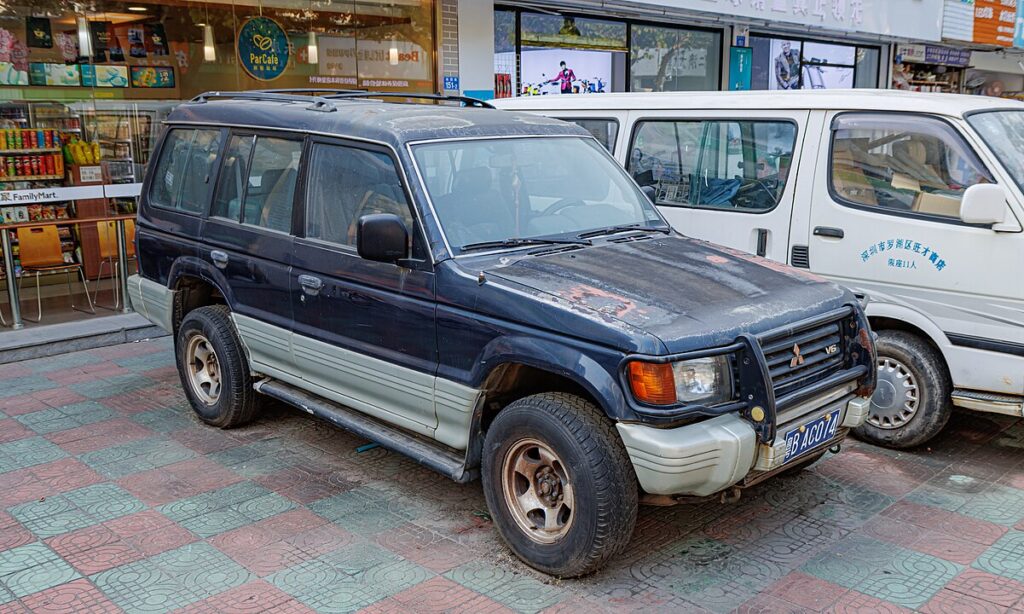
The Mitsubishi Pajero, known as the Montero in some markets, was introduced in 1982 as a versatile off-roader that could handle both rugged terrains and urban environments. With its advanced four-wheel drive system, powerful engine options, and comfortable interior, the Pajero quickly gained popularity worldwide. Its success in off-road racing, including the Paris-Dakar Rally, cemented its reputation as a capable and reliable off-road vehicle.
Ford F-150 (4×4 version)
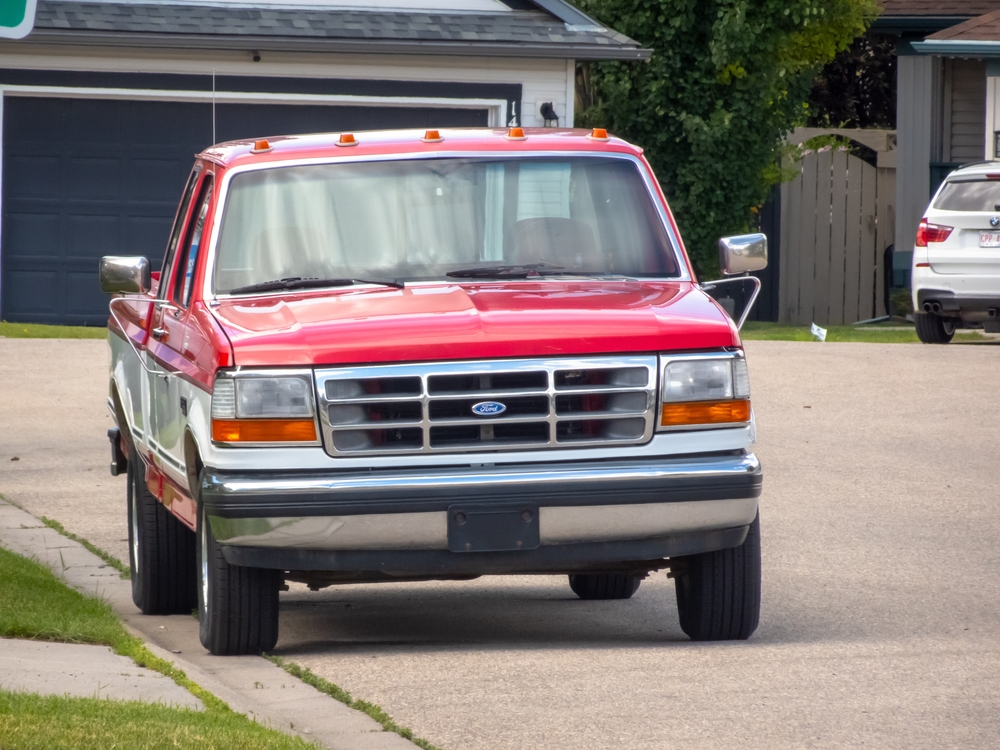
The Ford F-150, particularly the 4×4 version introduced in the 1970s, was Ford’s entry into the 4×4 truck market. With its powerful V8 engine, durable construction, and advanced four-wheel drive system, the F-150 could handle tough terrains while carrying heavy loads. Its popularity helped to establish the pickup truck as a go-to vehicle for both work and off-road adventures, making it one of the best-selling trucks in history.
Jeep Cherokee XJ
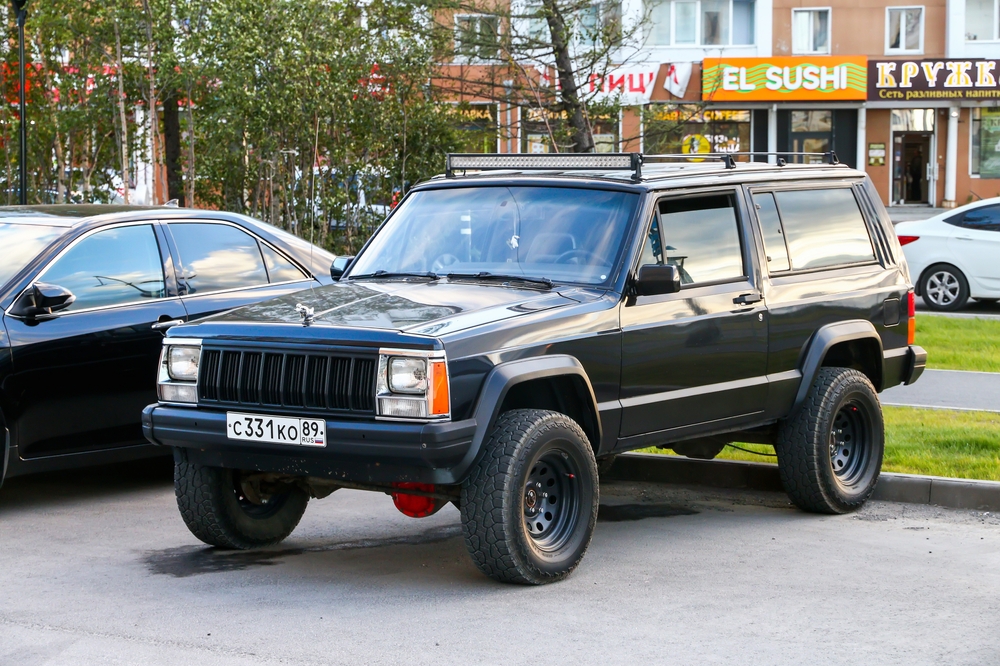
The Jeep Cherokee XJ, introduced in 1984, was a compact SUV that offered great off-road capability in a smaller package. With its unibody construction, advanced four-wheel drive system, and powerful engine options, the Cherokee XJ could handle challenging terrains with ease. Its combination of off-road capability and everyday practicality made it a favorite among adventurers and families alike, helping to popularize the compact SUV segment.
Chevrolet Blazer K5
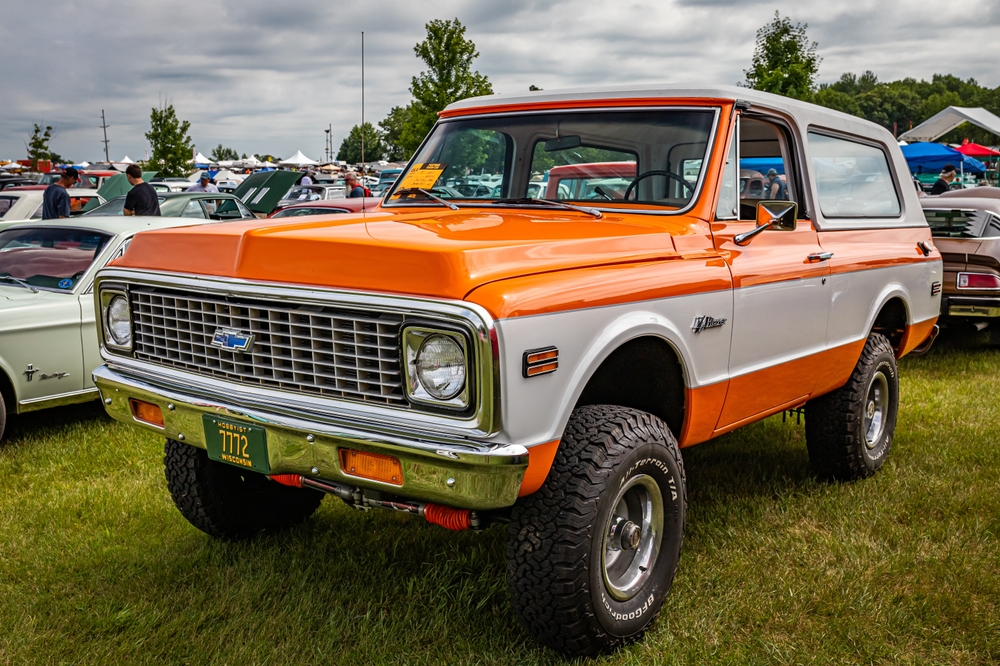
The Chevrolet Blazer K5, introduced in 1969, was a full-sized SUV that became popular for its off-road prowess. With its powerful V8 engine, short wheelbase, and advanced four-wheel drive system, the K5 Blazer could tackle tough terrains with ease. Its spacious interior and rugged design made it a favorite among off-road enthusiasts and a classic in the world of off-road vehicles.
This article originally appeared in MyCarMakesNoise.
More from MyCarMakesNoise
12 Overlooked Minivans Perfect for Families

When it comes to family vehicles, minivans often lead the pack with their unbeatable combination of space, comfort, and utility. Yet, amidst the popularity of SUVs and crossovers, some exceptional minivans tend to fly under the radar, deserving more recognition than they typically receive. Read More
10 Common Boat Handling Mistakes to Avoid

Boating is both an art and a science, requiring a passion for open water and a deep respect for the intricacies of boat handling. Even the most experienced mariners can make simple mistakes that lead to serious consequences. Read More
11 Historic Motorcycles That Are Still Popular

Motorcycles hold a unique place in the tapestry of automotive history, blending innovation with a timeless allure that captivates enthusiasts and casual observers alike. Certain models, revered for their revolutionary design and engineering, have transcended their era to become icons that are still ridden and adored today. Read More


